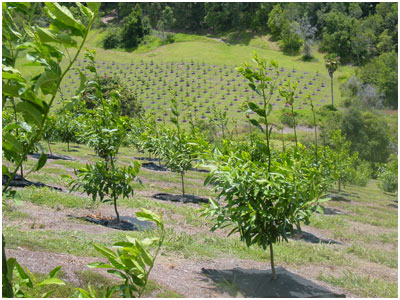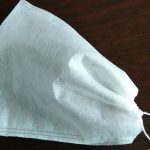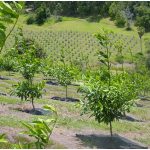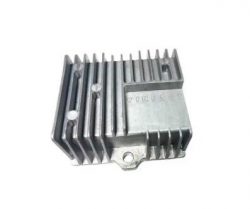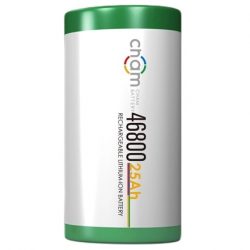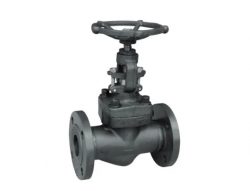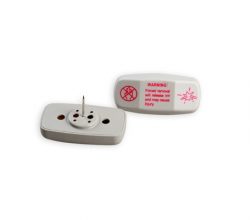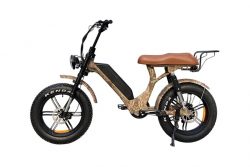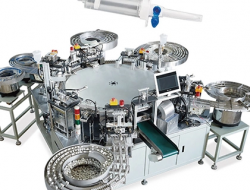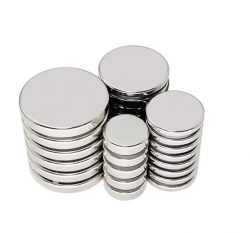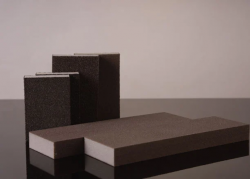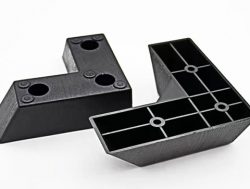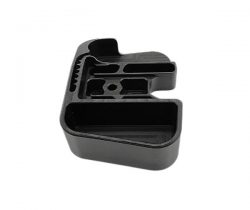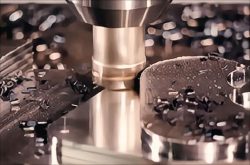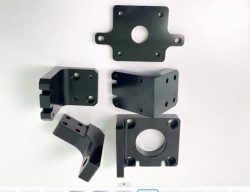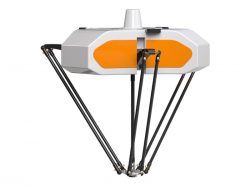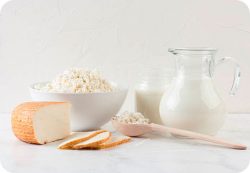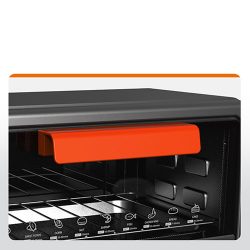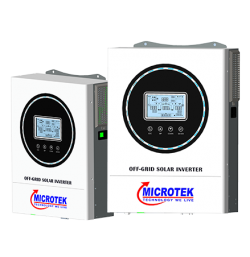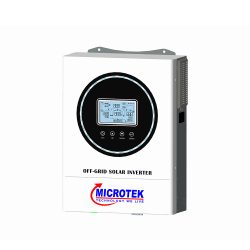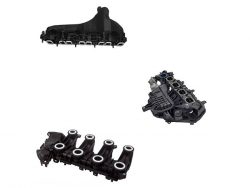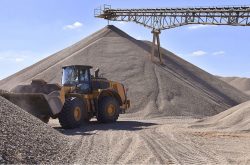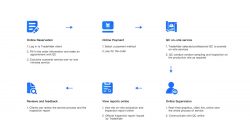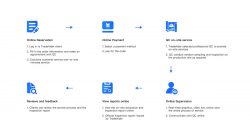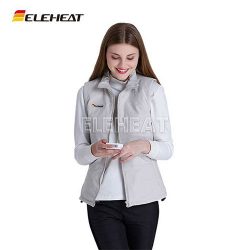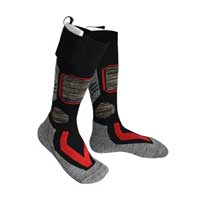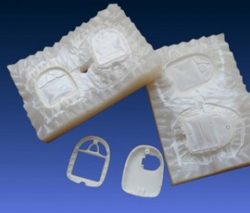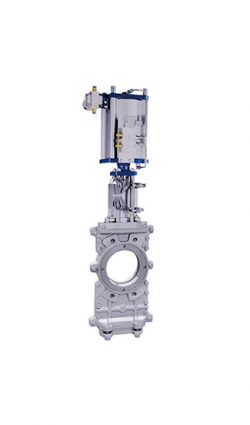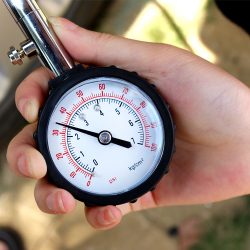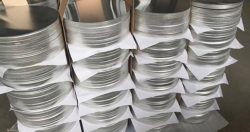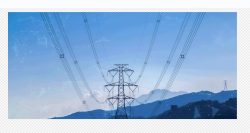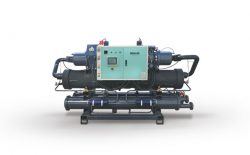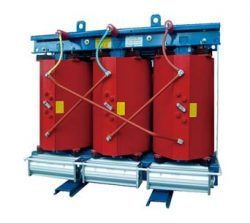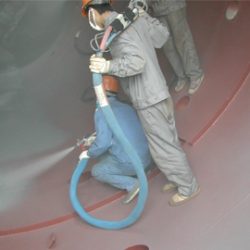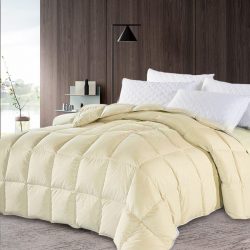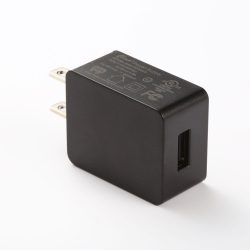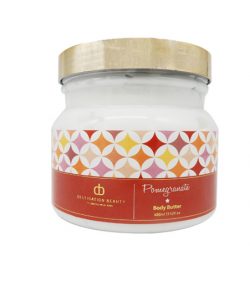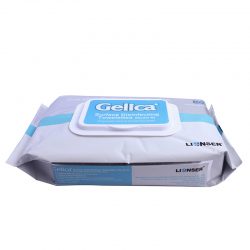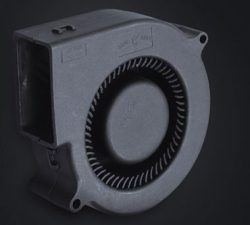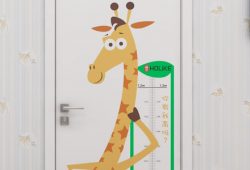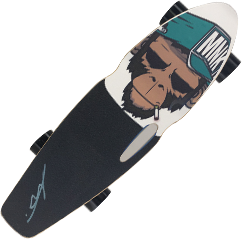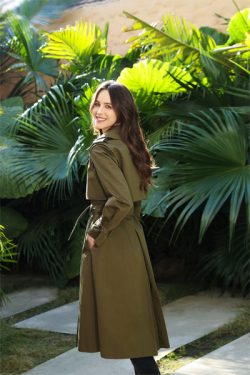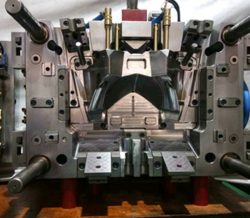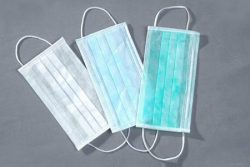Aariculture Non Woven Fabric
The agricultural non woven fabric is a new generation of environmental protection materials, it consists of directional or random fibers, because of its environmental protection, air permeability, flexibility, light weight, non-combustion, non-toxic, and non-irritating, rich color, low price, recyclable reuse, and other characteristics. It is widely used in agricultural weeding, breeding, and can be naturally degraded after use, no residue and so on, avoiding seedling burning and keeping moisture. It plays a very good role in sunscreen in summer, and in winter it can play a thermal insulation effect on the greenhouse.
In recent years, non woven fabric, as a new type of covering thermal insulation material, has been used in greenhouse vegetable protection and achieved good economic benefits. The application of non woven fabric in greenhouses has the following advantages:
Heat preservation:
The transmittance of non-woven fabric to long wave light is lower than that of plastic film. Because the radiation area at night mainly relies on long-wave radiation, the thermal insulation effect of covering is outstanding.
Air permeability and humidity control:
Non-woven fabrics are made of filaments overlapped into a network with high voltage, which can breathe, permeate and automatically adjust humidity.
Shading and cooling :
Covered with black non-woven fabric, it has the function of shading and cooling, different colors of non-woven fabrics have different shading and cooling effects, the best shading effect is black color.
Used as “two-way” heat preservation material at the bottom of scutellaria sinensis. Many shanty houses not only covered with a straw mat but also added a layer of non woven fabric to the bottom of the straw mat.
By adding “two-way” heat preservation material (non-woven fabric), the heat preservation performance of greenhouse can be significantly improved, which is 2-3 ℃ higher than that of simply covering the straw, thus conducive to vegetable growth.
